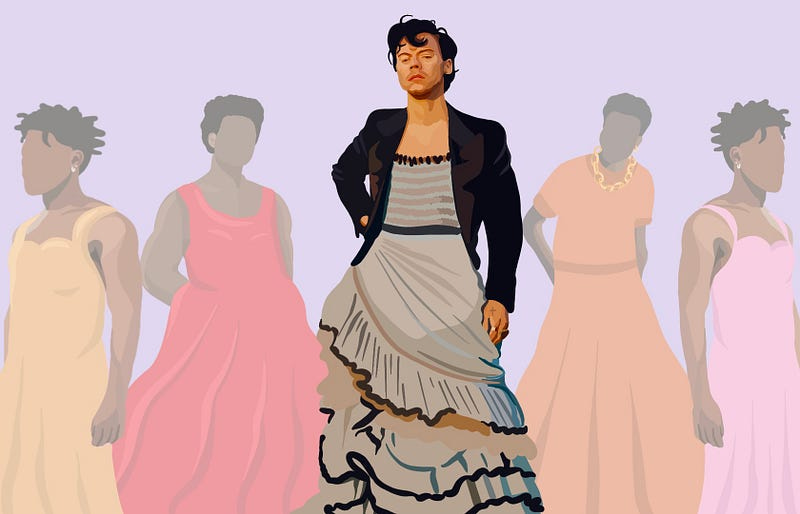Let’s Talk About Gender Norms
Challenging gender norms involves questioning and disrupting the traditional roles and expectations imposed on people based on gender.
Challenging gender norms involves questioning and disrupting the traditional roles and expectations imposed on people based on gender. This can include everything from the way people dress and behave to the types of jobs they are expected to pursue to the way they form relationships.
Why do we talk about gender norms so much? We believe gender norms are one of the key elements in the overlapping cycles that reinforce patriarchal structures in our relationships, families, work, and our world. To break these reinforcing cycles, we must tackle and divorce ourselves from our ideas one-by-one.
There are many different ways to challenge gender norms. Some people might do this by expressing themselves in ways that don’t conform to traditional gender expectations. For example, a man might wear makeup or a dress, or a woman might cut her hair short and wear masculine clothing.
Others might challenge gender norms by speaking out against gender-based discrimination and advocating for greater gender equality. This could involve changing policies and practices reinforcing gender stereotypes or advocating for greater representation and recognition of people who don’t conform to traditional gender roles.
Need more convincing? Here are a few statistics related to challenging gender norms:
In many parts of the world, women continue to be underrepresented in leadership positions. In 2021, women held just 22.6% of parliamentary seats worldwide, and only 24 women were serving as heads of state or government out of a total of 193 countries.
Gender-based violence remains a significant issue globally. According to the World Health Organization, an estimated 1 in 3 women worldwide have experienced physical or sexual violence in their lifetime, with the majority of perpetrators being someone they know.
In the United States, transgender individuals face significant challenges related to discrimination and violence. A 2020 study by the National Center for Transgender Equality found that 15% of transgender individuals in the U.S. had experienced physical or sexual violence from a family member, and 30% had experienced homelessness at some point in their lives.
Men are also affected by gender norms, with expectations around masculinity and emotional expression contributing to mental health issues such as depression and suicide. According to the American Foundation for Suicide Prevention, men die by suicide at a rate 3.6 times higher than women.
These statistics highlight the ongoing need to challenge traditional gender norms and create more equitable societies that support the full range of human experiences and identities.
Ultimately, challenging gender norms is about creating a more inclusive and equitable society, where people are free to express themselves and pursue their goals without being limited by narrow ideas of what it means to be a man or a woman.
Originally published at https://loveherlead.com on February 20, 2023.




